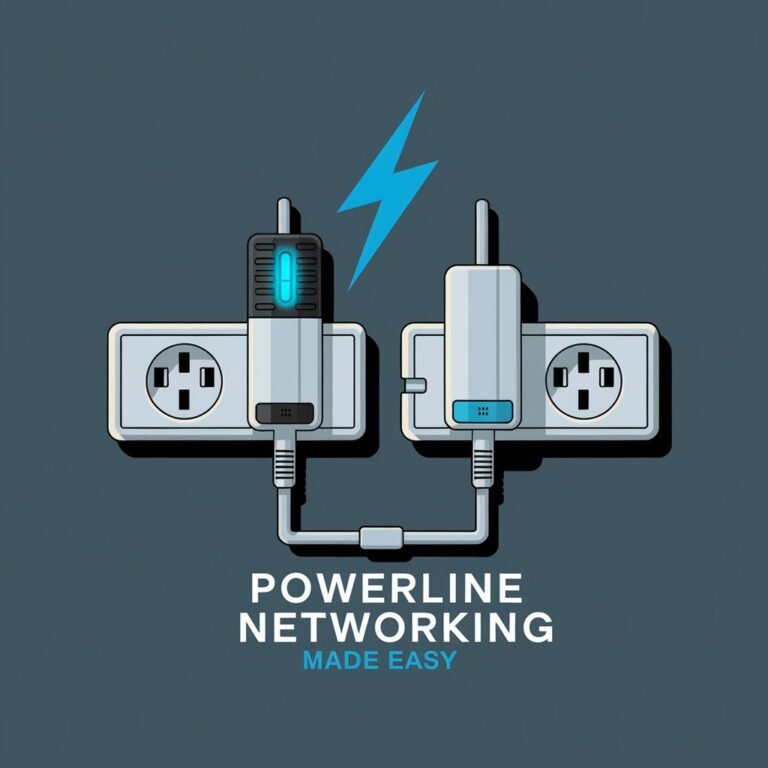192.1y8.1.1 Login Guide: How to Access Your Router Settings Fast
What Is 192.1y8.1.1 and Why Are People Searching for It?
The string “192.1y8.1.1” looks like an IP address, but it’s actually a common typo for the correct router IP address: 192.168.1.1. This IP is widely used by many router manufacturers (like TP-Link, Netgear, D-Link, and Linksys) as the default gateway for accessing router settings. People search for this when they need to log in to their router admin panel to change the Wi-Fi password, update firmware, configure parental controls, or set up port forwarding. If you landed here typing “192.1y8.1.1,” you’re not alone—and we’ll help you get where you need to go.
Correcting the Typo: 192.1y8.1.1 vs. 192.168.1.1
Before doing anything else, recognize that 192.1y8.1.1 is not a valid IP address. IP addresses follow a strict numeric format (e.g., 192.168.1.1). The inclusion of a letter like “y” means your browser or device won’t understand the input. You’ll likely get a DNS or connection error. To move forward, type http://192.168.1.1 into your web browser’s address bar. Make sure you are connected to the router’s network—either through Wi-Fi or a wired Ethernet connection.
How to Log In to Your Router Admin Panel
Once you’ve entered the correct IP (192.168.1.1), you’ll be prompted to log in. Here’s a step-by-step guide:
- Open a web browser (Chrome, Firefox, Edge, etc.)
- Enter: http://192.168.1.1
- Press Enter and wait for the login page to load
- Enter your router’s username and password
Default credentials vary by brand. Common defaults include:
- Username: admin | Password: admin
- Username: admin | Password: password
If you’ve changed your login credentials before and forgot them, you’ll need to reset the router to factory settings (covered later).
Troubleshooting: What to Do if 192.168.1.1 Doesn’t Work
There are several reasons why 192.168.1.1 may not load:
- Wrong IP Address: Double-check the numbers. If you typed “192.1y8.1.1” or similar, correct the typo.
- Not Connected to Router: Ensure your device is connected to the router’s network.
- Different Gateway IP: Not all routers use 192.168.1.1. Use Command Prompt (Windows) or Terminal (Mac) and type
ipconfigornetstat -nrto find the default gateway. - Router Issues: Restart the router. Unplug, wait 10 seconds, plug back in.
- Browser Issues: Clear cache or try a different browser.
How to Reset Your Router to Factory Settings
If you can’t log in because you forgot your username or password, resetting your router is your best option. Here’s how:
- Find the reset button on the back or bottom of your router
- Use a paperclip or pin to press and hold it for 10–15 seconds
- Wait for the router to reboot
This will reset all settings, including the login credentials, Wi-Fi name, and password. After the reset, use the default IP and login details to access the admin panel.
Common Things You Can Do Inside Router Settings
Once logged in, you can manage a wide range of features:
- Change Wi-Fi SSID (name) and password
- Update router firmware
- Set up guest networks
- Configure parental controls
- Open or forward ports
- Assign static IPs
- Monitor connected devices
Make sure to save any changes before exiting the interface. Some changes may require the router to reboot.
Security Tips for Router Configuration
Your router is the gateway to your entire home network. Here’s how to keep it secure:
- Change default login credentials immediately
- Use a strong, unique password for both admin access and Wi-Fi
- Update firmware regularly to patch vulnerabilities
- Disable WPS if not needed—it can be a security risk
- Use WPA3 or WPA2 encryption for Wi-Fi security
Securing your router is just as important as securing your phone or laptop.
Alternatives to 192.168.1.1: What If Your Router Uses a Different IP?
Some routers use different IP addresses like:
- 192.168.0.1 (common with D-Link and Netgear)
- 10.0.0.1 (often used by Xfinity/Comcast)
- 192.168.1.254 (used by some AT&T routers)
To find yours:
- Windows: Open Command Prompt and type
ipconfig, look for Default Gateway - Mac: Open Terminal, type
netstat -nr | grep default
Use that IP instead of 192.168.1.1 to access your router’s login page.
What to Do If You Still Can’t Log In
If nothing works, consider these steps:
- Check the router manual or brand support site
- Use a wired Ethernet connection if Wi-Fi isn’t stable
- Contact ISP support—sometimes they set up custom credentials
- Try a different device—phone, tablet, or laptop
Sometimes, factory reset is the only way back in, especially if someone else configured the router.
Final Thoughts: Don’t Let a Typo Like 192.1y8.1.1 Waste Your Time
A simple typo like “192.1y8.1.1” can cost you time and frustration. But now you know what it really means, how to fix it, and how to log in to your router correctly. Always double-check the IP address, ensure you’re connected to the router network, and keep your credentials secure. Bookmark the correct login IP and credentials in a password manager to avoid future issues. With the right steps, managing your home network doesn’t have to be a mystery.
Disclaimer: The default IP address and login details vary by router brand and model. Always refer to your router’s manual or manufacturer’s website for the most accurate information.
Read Also Our This Post: Siggi’s Digital Detox: Unlock a Healthier, Screen-Free Life Today







